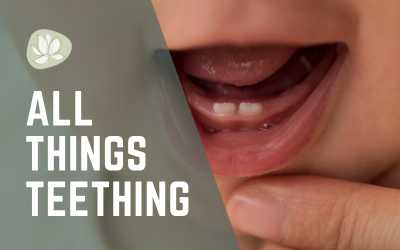For the third part of my series of four responses to stress, we are going to learn about the freeze stress response. When we are responding to stress or perceived threat by freezing, it can look and feel like…being stiff like a statue, being able to hear your heart pound, having a decreased heart rate, or experiencing the blood draining from your face (getting pale). People often describe freezing to feel like they have lead weights in their shoes and literally cannot move.
Do you remember playing hide-and-go-seek as a kid and being the one hiding? Remember how still you could suddenly be when hiding from the “predator,” the seeker who was “hunting” or looking for you? Your muscles tightened and stiffened, eyes widened, heartbeat sounds were so loud that you may have feared the seeker could hear it, and you didn’t dare budge. This is the freeze response.
We often find this as a go-to stress response for people who have had a lot of trauma in their lives. Often women who have experienced abuse get secondarily abused when law enforcement asks questions like, “Why didn’t you do something? Why didn’t you run away?” But when we are in the freeze state, we cannot run or move or fight. Freeze is an extraordinarily valid stress response, and we see it in the animal kingdom when animals under attack play dead or hide and remain very still. Hiding and freezing from a predator can be a highly effective way of keeping ourselves safe.
If freeze is your stress response, and you’re reading this, you won. You survived. You’re still here! You did it! Many times, especially in sexual assault, you or first responders will ask why you didn’t do something… Please understand that YOU DID! You survived, and you did it by freezing. The only goal of your brain was to keep you alive, and in that moment it did so by shutting everything down.
Like each of the four stress responses, though, we do not want to remain in freeze mode. We want to support our bodies to move through these responses. We do not want to stay frozen or stuck in the inability to move forward. For those with the inclination to freeze, decisions big and small can sometimes be crippling.
I have two simple tools to access the next time you find yourself freezing.
- Deep breathing. Like with any of our stress responses, if we can show our body, through deep breaths, that we are ok, our bodies will understand and respond by deactivating that stress response. Breathe in 5 seconds, hold 5 seconds, exhale for 5 seconds. Repeat this as many times as you need.
- Move your body. Literally any movement—take a walk, dance, do jumping jacks, run up and down stairs, etc. This signals to your body that you are safe and ok to move forward. If you find that this is all too much in the moment, move a body part, even if it’s a small movement, or recite multiplication tables in your head.
- Recite to yourself, “I am safe in my movements”.




Recent Comments